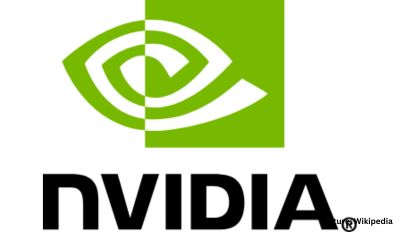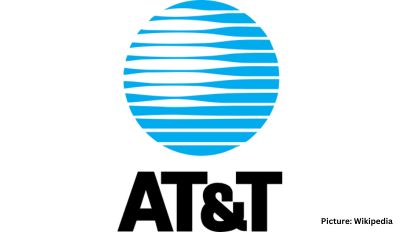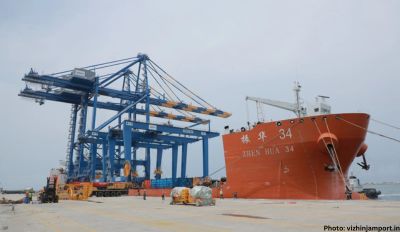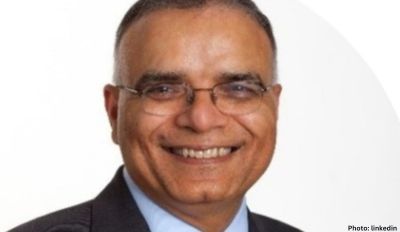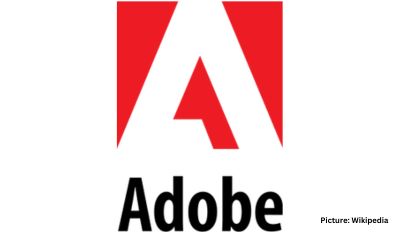Indian startups that have millions of dollars stuck with the troubled Silicon Valley Bank are waiting for business hours in the US to resume Monday and could withdraw all their money from the bank en masse. The only thing that could stop that is if the US government manages to find a buyer for the beleaguered bank, reports said.
Courtesy a maneuver of the US government on March 12th, businesses with accounts at Silicon Valley Bank (SVB) will have full access to their deposits, unlike a previous measure where only an insured amount of $250,000 would have been immediately accessible. As of December 2022, SVB had $209 billion in total assets and about $175 billion in total deposits.
SVB collapsed Friday morning after a stunning 48 hours in which a bank run and a capital crisis led to the second-largest failure of a financial institution in US history. The chaos instigated by high interest rates led to an old-fashioned bank run on Thursday, in which depositors yanked $42 billion from SVB.
When the FDIC took control of the bank Friday, it said it would pay customers their insured deposits on Monday, which only covers up to $250,000. But there’s a lot of money – and influence – at stake. SVB provided financing for almost half of US venture-backed technology and health care companies. At the end of 2022, the bank said it had $151.5 billion in uninsured deposits, $137.6 billion of which was held by US depositors.
Though a lot of money may have come out during the bank run and customers could receive some uninsured funds as the government liquidates SVB, they are still unsure if they can recover all their cash.
Fearing a larger fall out from the bank collapse, the United States government mobilized immediately in response to the collapse of Silicon Valley Bank (SVB) and Signature Bank, working over the weekend to insure depositors who had more than $200 billion of venture capital and high-tech start-up money stored in the two banks.
But unlike the 2008 financial crisis, during which Congress passed new legislation in order to salvage the country’s largest banks, the current rescue plan is smaller in scale, pertains to only two banks, and isn’t additional taxpayer money — for now.
In order to make sure depositors can still withdraw funds from their accounts — the vast majority of which exceeded the $250,000 limit for standard insurance from the Federal Deposit Insurance Corporation (FDIC) — regulators say they’re pulling from a special fund maintained by the FDIC called the deposit insurance fund (DIF).
“For the two banks that were put into receivership, the FDIC will use funds from the deposit insurance fund to ensure that all of its depositors are made whole,” a Treasury official told reporters on Sunday night. “In that case the deposit insurance funded is bearing the risk. This is not funds from the taxpayer.”
Where the money comes from
The money in the DIF comes from insurance premiums that banks are required to pay into it as well as interest earned on funds invested in U.S. bonds and other securities and obligations.
This is why some observers have been saying that the term “bailout” shouldn’t be used in reference to the current government intervention — because it’s bank money plus interest that’s being used to insure depositors, and it’s only being administered by the federal government.
But standing behind the DIF is the “the full faith and credit of the United States government,” according to the FDIC, meaning that if the DIF runs out of money or encounters a problem, the Treasury could call on taxpayers as a next resort.
This is not an impossibility. The DIF had a $125 billion balance as of the last quarter of 2022 and SVB reported $212 billion in assets in the same quarter. Treasury officials sounded confident on Sunday night the money in the DIF would be more than enough to cover SVB’s deposits.
The Fed steps in for backup
To settle fears of a potential shortfall, the Federal Reserve announced an additional line of credit known as a Bank Term Funding Program, offering loans of up to one year to banks, credit unions, and other types of depository institutions. For collateral, the Fed will take U.S. bonds and mortgage-backed securities, and the line of credit will be backed up by $25 billion from the Treasury’s $38 billion Exchange Stabilization Fund.
“Both of these steps are likely to increase confidence among depositors, though they stop short of an FDIC guarantee of uninsured accounts as was implemented in 2008,” analysts for Goldman Sachs wrote in a Sunday note to investors.
“The Dodd-Frank Act limits the FDIC’s authority to provide guarantees by requiring congressional passage of a joint resolution of approval, which is only marginally easier than passing a new legislation. Given the actions announced today, we do not expect near-term actions in Congress to provide guarantees,” they wrote.
Even as the US government scrambles to find a buyer for the bank, SVB’s UK arm was sold to HSBC for £1, the Bank of England and the British government announced Monday morning. Sheila Bair, former chairperson of the US Federal Deposit Insurance Corporation (FDIC) – which took over the bank after it was shut down –told the US press that finding a buyer for SVB was “the best outcome.”
India impact
While the British arm of SVB has managed to find a buyer in the UK, that is unlikely to calm Indian startups since they primarily have deposited their money with the US-based SVB, which is headquartered in New York.
The fallout of SVB’s collapse could be far-reaching. Startups may be unable to pay employees in the coming days and venture capital firms may be unable to raise funds. The tech industry is the biggest customer of SVB with a large number of Indian startups, especially in the SaaS (software as a service) sector that services US clients, having accounts at the bank.
Additional loans
Instead of a total government bailout that would have required taxpayer money, the United States’ Federal Reserve announced that it would make available additional loans to eligible depository institutions to help assure that banks have the ability to meet the needs of all their depositors.
A new entity called the Bank Term Funding Program (BTFP) will be created and it will offer loans of up to one year in length to banks, savings associations, credit unions, and other eligible depository institutions. Those taking advantage of the facility will be asked to pledge high-quality collateral such as Treasuries, agency debt and mortgage-backed securities.
While relatively unknown outside Silicon Valley, SVB was among the top 20 American commercial banks, with $209 billion in total assets at the end of last year, according to the FDIC. It’s the largest lender to fail since Washington Mutual collapsed in 2008.


